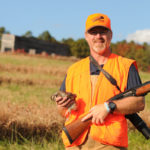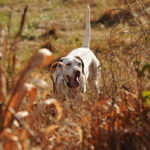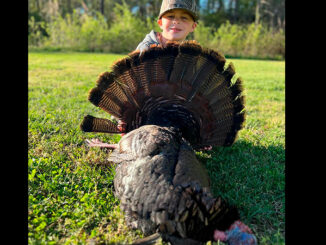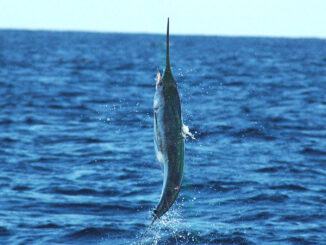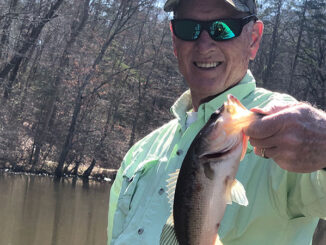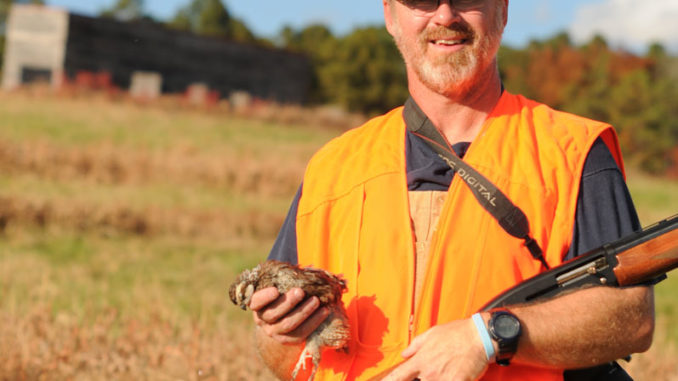
Preserves give hunters in the Carolinas the opportunity to sample upland game birds the way their elders did in past decades.
Before whitetail deer and wild turkeys became the flagship species for hunters in the Southeast, bobwhite quail was king. Back when boys rolled up into the high-school parking lot with shotguns in gun racks in the back window of the truck — and no one minded — it was common to stop along the way to school and kick up a covey of quail before heading to class.
Back in those days, the “waste lands” that made the area much more rural consisted of cutover fields and farm lands. Those areas were perfect habitat for rearing quail, rabbits and other small-game species.
Unfortunately, changes in land use and urban sprawl have changed the landscape for hunters. The fields and farms that once held abundant quail and other small game are few and far between, and the small-game birds and animals have been unable to adapt to the changing landscape the way deer and turkey have.
But does that mean that upland game hunting is a thing of the past? The answer is a solid no.
What has replaced quail hunting on the lands of your relatives and neighbors is a more organized and more planned version of upland bird hunting. It’s called a hunting preserve.
Hunting preserves began showing up in the Carolinas when it became clear that quail were fighting a losing battle. A typical preserve may encompass 500 to 10,000 acres and provides guided hunts for a fee or a paid membership.
According to Mike Johnson, general manager of The Clinton House Plantation in Clinton, S.C., one of the benefits of hunting upland birds is that quail, chukar and — to a lesser degree — pheasant, prefer to hide in cover rather than fly, remaining in the vicinity where they were planted when the hunting party arrives. Pointing and retrieving dogs are used, just as in the old days of plantation hunting, to point, flush and retrieve birds.
“Our wildlife habitat at the preserve is well maintained, but not to the point that it could sustain wild numbers of the birds hunted,” Johnson said. “The solution is to use pen-raised birds, either purchased or reared on site.”
Birds are released in different areas, either well before or the day of the hunt, and once the hunt is under way, the similarities between hunting planted birds on preserve land and wild birds in natural surroundings can be seen.
“I have a lot of customers who have hunted quail and other upland game birds in Texas, and (they) claim the hunting here is every bit as good and as challenging as what they get out West without having to walk 10 miles to get it,” said Johnson.
The typical hunt is a combination of walking behind pointing dogs, working coveys of quail, or hunting in stands of thinned pines ferreting out single birds that have broken from field coveys. A common criticism that many preserve managers hear about hunting released birds is that they don’t flush and fly as well or don’t act like wild birds.
“I’d invite you to come see for yourself,” Johnson said. “If a hunting party comes out here and kills 100 percent of the birds released on the day of the hunt, I will pay for their hunt.”
One of the benefits of preserve hunting is that in addition to quail, hunters can hunt non-native game birds such as pheasant and chukar, a Eurasian partridge native to the western United States.
Johnson often mixes quail and chukar in areas as these birds tend to stay put. Pheasant, on the other hand, need to be hunted shortly after they are planted.
“The chukar is a real popular bird,” Johnson said, “maybe not as fast as a quail because they are bigger birds. You definitely get more meat for the money there.”
Johnson said hunting preserves are the next generation of quail hunting. A lot of his hunters may remember days gone by or may have been out west where wild birds are still available, but to a larger degree, many of his hunters have only hunted released quail.
“The South has always been the stronghold for the traditions of hunting quail — watching the dogs work, the excitement of birds flushing, and the camaraderie of hunters who hunt together,” he said. “Unlike deer or turkey hunting, which are pretty solitary, quail hunting has a lot of social aspects and we do everything we can to preserve that.”

